I want to create a database with a SQL script file but I cannot give a parameter instead of database name how can I solve this?
Declare @Test as nvarchar(max)
CREATE DATABASE [@Test] ON PRIMARY
( NAME = N'@Test',
FILENAME = N'C:\Program Files\Microsoft SQL Server\MSSQL10_50.MSSQLSERVER\MSSQL\DATA\@Test.mdf',
SIZE = 11264KB , MAXSIZE = 51200KB , FILEGROWTH = 10%)
LOG ON
( NAME = N'@Test_log',
FILENAME = N'C:\Program Files\Microsoft SQL Server\MSSQL10_50.MSSQLSERVER\MSSQL\DATA\@Test_1.ldf' ,
SIZE = 9216KB , MAXSIZE = 25600KB , FILEGROWTH = 1024KB )
GO
ALTER DATABASE [@Test] SET COMPATIBILITY_LEVEL = 100
GO
